This week we’re looking at the Bentley Continental GT, the car of choice for the discerning Premiership footballer.
While car cognoscenti like Alan Clark and Stephen Bayley prefer cloth seats in their luxury rides, nothing wipes cleaner faster than good old leather and even the dimmest football player knows that he needs to ensure his Bentley can withstand a full forensic examination if necessary. A simple packet of wet wipes and some of the costliest tanning in the industry ensure there’ll be no Bill Clinton-esque stains left to come back to haunt him in the divorce court…
But there is, of course, much, much more to Crewe’s finest than butter-soft buttock support. There’s that mighty W12 engine, for example, which is probably worth the entry fee all by itself.
Hold on. It’s going to be a helluva ride.
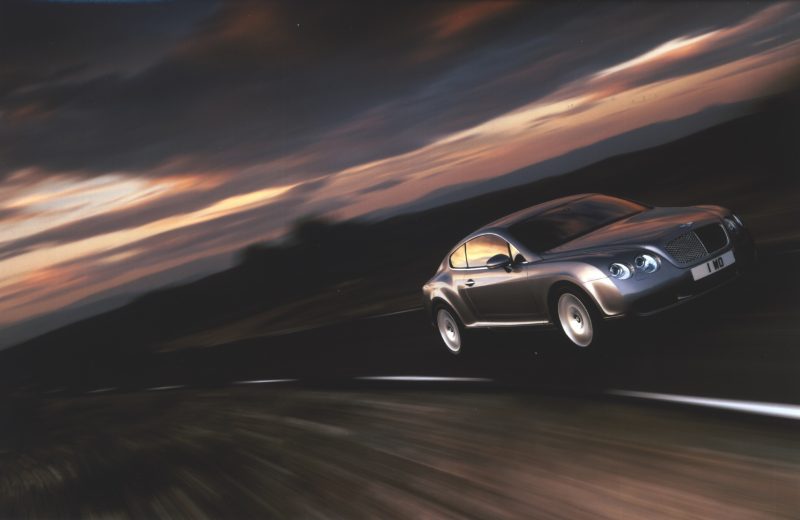
The background
When it launched the Bentley Continental GT in 2003, Volkswagen was still smarting from the humiliation of discovering that all it had to show for the £430m it had splashed out six years earlier was a factory in Crewe and the rights to use the Spirit of Ecstasy mascot. And the shape of the radiator grille. The boys at BMW meanwhile, could barely stop high-fiving each other after snaffling the rights to use the Rolls-Royce name (the only bit that was really worth anything) for a trifling £40m.
Not that VW ever publicly admitted its SNAFU. Oh no, it managed to maintain a stiff upper Teutonic lip throughout, grimly clinging to its claim that it was happy with the deal and had only ever wanted the Bentley brand anyway. So there.
No matter how unhappy it was (and, despite claims to the contrary, it was desperately bloody unhappy after being so royally shafted by its old enemy), there is no doubting that VW had snagged the more mainstream, volume side of the business, something the forthcoming Continental GT would build on.
After VW had been forced to spend another £1.5b to modernize the aging Crewe facilities, obviously.
Yet that turned out to be money well spent. Despite a capacity of 9,500 cars a year, waiting lists soon started to build eventually peaking at a year or more, something that didn’t do the brand any harm at all. Initially, anyway.
The problem was that Bentley soon became an automotive Burberry, bought by folk with more money than taste, a situation that VW was, at first at least, happy to capitalize on. After all, it was already a couple of billion out-of-pocket and a seven-fold increase in sales was good for the coffers. (Mind you, I suspect VW would be happy to only be two billion down in these dark, post-Dieselgate days…)

History
The first Continental GTs were fitted with the mighty six-litre, twin-turbocharged W12 engine that developed 560bhp and 470lb/ft of torque. It was a technological tour de force, the gloss of which was slightly dulled by the fact that the same engine could be found under the bonnet of the VW Phaeton…
A complex four-wheel-drive system channeled all that power, but it did so with more efficacy than excitement, a state of affairs that left the driver with plenty of time to enjoy the sort of interior that was designed with nouveau, rather than old, money in mind.
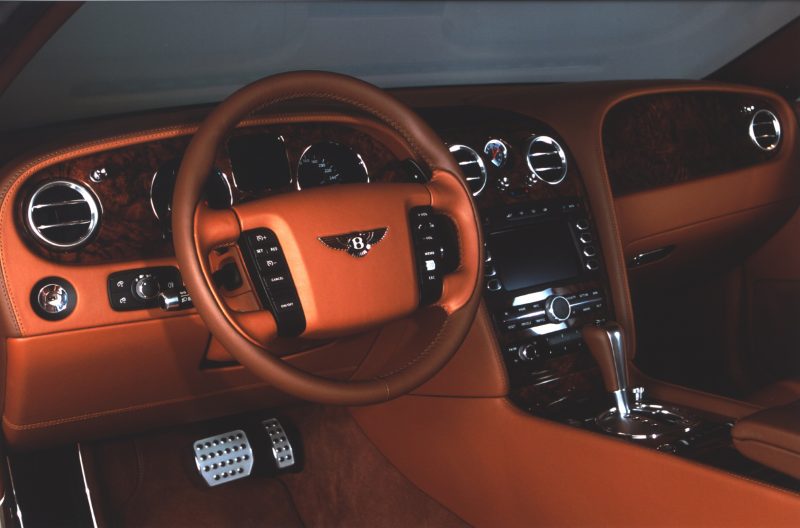
The introduction of the new Mulliner Driving Specification a year later re-positioned the Bentley to a market that had found the original car a bit too plain, a bit too restrained, a bit too ordinary. A voice-activated in-car telephone (yep, that was the ultimate in rich boys’ toys back then) was a sensible enough option but then it all started going a bit late-period Saddam with colour-coded seat belts, drilled alloy foot pedals, two-tone diamond-quilted hide, knurled chrome knobs, and embroidered Bentley emblems on the seats.
The core market loved ‘em.
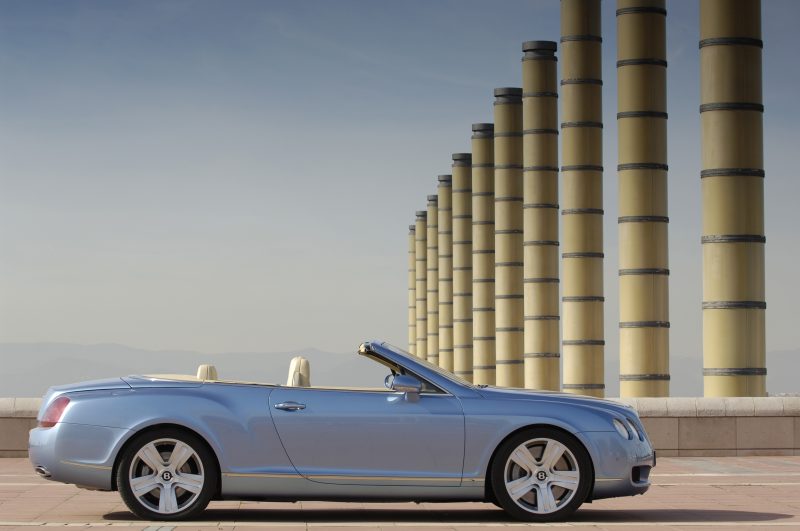
A four-door Continental arrived in 2005. Given the name Continental Flying Spur, it was even bigger and more ostentatious than the car upon which it was based.
It sold, of course, in droves.
The convertible GTC arrived in 2006, followed by the Continental GT Speed in 2007. The former suffered a reduced top speed compared to the tin top, and struggled to pass 189mph with the roof lowered. The latter, losing 35kgs in weight and gaining 42bhp in power over the standard car, was still more of a bruiser than a sports car but it handled and went better than any Bentley that had gone before.
It sold, of course, in whatever quantity can be defined as being considerably greater than droves.

More, relatively minor, changes came along in 2009, freshening it up and keeping sales buoyant, something the new Supersports model helped enormously. Announced at the Geneva Motor Show by no lesser luminary than Jay Leno, the Supersports was a limited-edition with more power, better handling, meaner looks, and the ability to run on E85 Ethanol biofuel. (I know, but apparently that was a thing back then, and if Jay Leno loves it then it’s gotta be a good thing, right?)
Snide comments aside, the Supersports is the best-handling Bentley of them all thanks to a Tiptronic gearbox, 621bhp, ceramic brakes and high-performance Pirelli tyres, all of which contributed to 1.29G of lateral force, a 0-62mph acceleration time of 3.7 seconds and a top speed of 204.4mph all delivered to a backbeat of high-level vulgarity and profligate consumption.
You don’t need me to tell you that a convertible Supersports wasn’t far behind, do you?
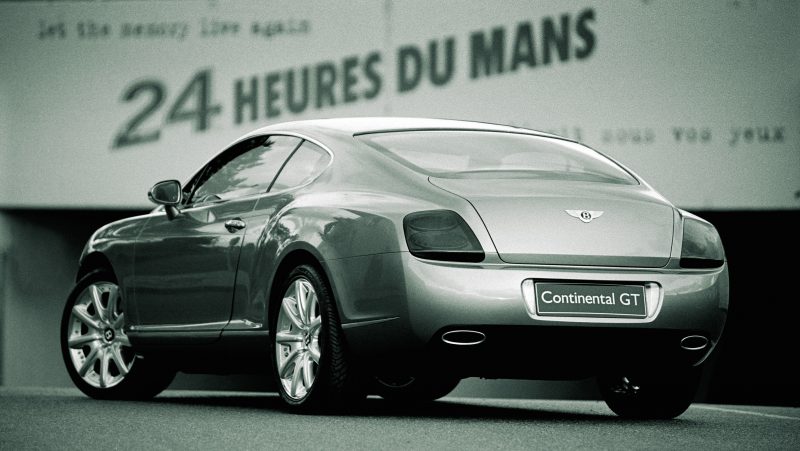
The second-generation Continental GT, launched in 2011 and so too new really to be included here, is worth mentioning only for the fact that it would eventually be made available with a V8 engine from 2013.
Insecure folk will insist that the W12 is the only engine to go for but I disagree. I found the V8 car to be an utter revelation, feeling sprightly and lithe in a way the earlier W12 cars never did. Slower on paper, for sure, but in the real world you’ll be having far too much fun to worry about the loss of fractions of a second and a few mph at the top end.
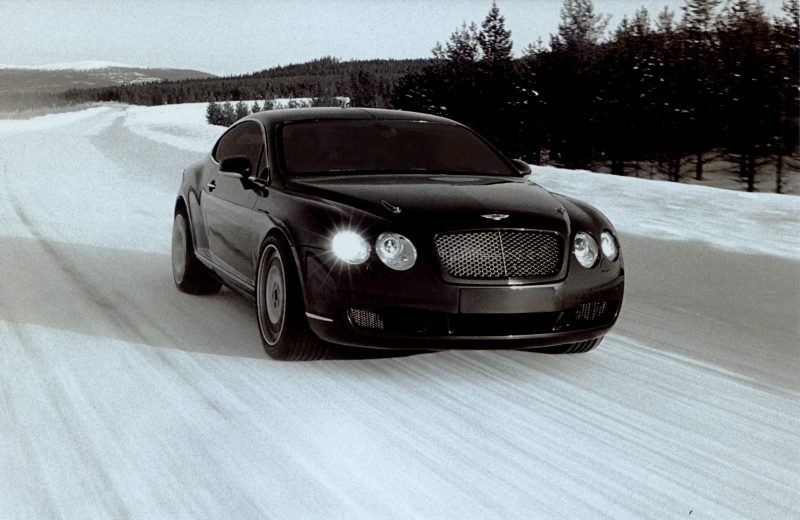
Driving
Every Bentley Continental GT ever built is extraordinarily fast and extraordinarily surefooted. You would have to be a major bellend to lose one but the tradeoff is that no one has ever got out of one grinning like a fool and shaking with adrenaline.
Yet, if you adjust your expectations accordingly you’ll find it fast, cosseting and an utter joy to waft around at (very) high speed in. They’re quiet, comfortable and a genuinely lovely place to spend road time in.
Drawbacks? Aside from the almost completely inert chassis, they’re thirsty. Very thirsty. The official fuel consumption is said to be around 17mpg overall but I doubt you’ll ever see anything better than 13mpg, with single digits the norm around town. The Conti might be cheap to buy, but it certainly isn’t cheap to run.
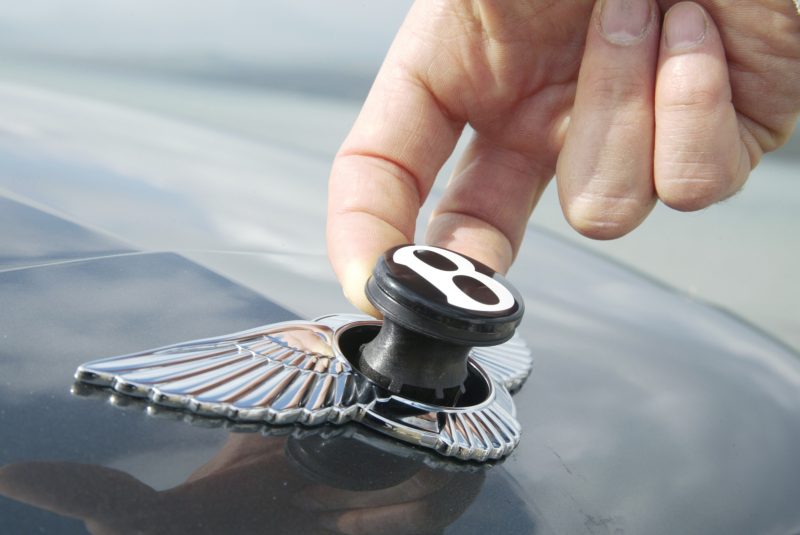
Buying
Good, standard cars with a sensible mileage and specification sell well. They’re cheap too, especially when you consider how much they cost when they were new and the level of performance they offer.
It’s not all good news, obviously. Electrical problems are rife, so be sure to play with all the toys to make sure they work. The passenger’s side footwell is a common site for water leaks, which is doubly unfortunate at there are a lot of electrical components located down there so don’t even consider buying a car that has any sign of water down there.
The secondary battery is worth checking too. It’s there to start the car when all those toys have drained the battery after a few days of sitting idle and you can test that it’s in place, fully charged and working properly by turning the ignition key anticlockwise and holding it there for 5-10 seconds. Needless to say, a battery charger/conditioner is a must-have piece of kit if you do pull the trigger and actually buy one.
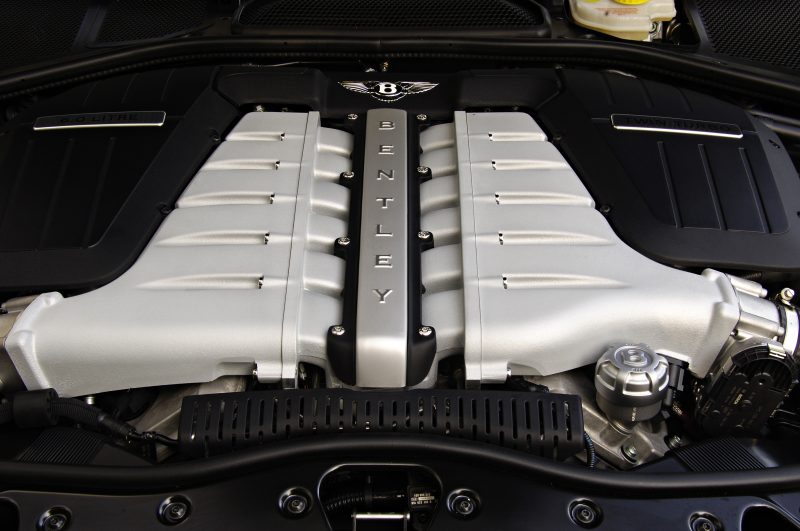
Lumpy idling might be a sign of a failing coil pack, which isn’t the end of the world but does need budgeting for. The coil itself is around £350, and the twelve spark plugs, which need changing every four years and might as well be done while you’re faffing around, will add another £160 or so to the final bill.
The engine and gearbox are said to be reliable providing they’ve been serviced on time, which is good news because the engine bay is so cramped that the engine has to come out for almost everything bar routine servicing. You should walk away if you see any blue smoke coming from the exhaust. If you find signs of oil and water mixing then you should run; replacing the head gasket could set you back almost as much as the car did.
The chassis is bulletproof on the whole, even though it does have a propensity to treat the front drop links for the anti-roll bar as a consumable item. The Continuous Damping Control (CDC) system is reliable and works well but I wouldn’t want to be in the same postal code if and when it threw a hissy fit.
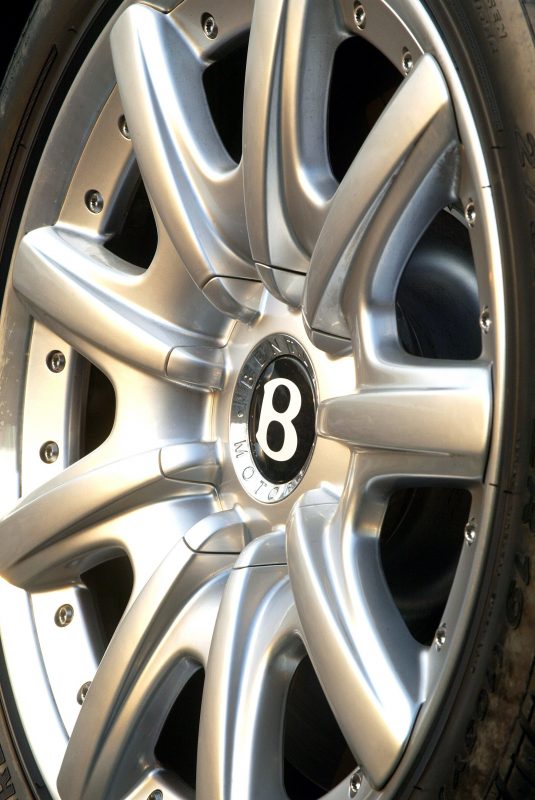
Oh, and the tyre pressure sensors will all need replacing every five years because the batteries will be discharged. It’s a £500-600 job, which doesn’t sound too bad until you start to clock all the other £500 jobs that might need doing.
Or the £1,000 jobs. The front brakes last well but are bloody expensive to replace at low four figures for the set – or ten times that amount if you’ve splashed out on a Supersports with ceramic discs…
In fact, the prudent buyer would also view any car that has even minor outstanding problems – or mismatched tyres – as the sign of a skinflint owner that has probably skimped on essential maintenance too.
Speaking of which, I’d much rather buy a high-mileage car that has been well looked after than a low-mileage car that’s been sitting in the garage for years. Nothing kills a car faster than inactivity, and you really don’t want to try and prove me wrong with something as complex and expensive to repair as a Bentley.

Prices
The early cars have dropped below £20,000 now, which could well be the greatest automotive bargain of 2017. There is simply no way of going faster, more safely, for so little, assuming, of course, that you can live with the slightly awkward connotations that come with driving one.
Harsh? Perhaps, but there are few better ways of showing the world your inner Wayne Rooney than by driving an old Continental. Almost every one you see has been chavved to the max and done with the sort of conspicuous lack of taste that would have left even the original owners aghast.
And yet, I quite fancy one. In the right colour and spec – and there are plenty of silver and black cars out there – and a sub-100k mileage, I could easily be persuaded to take a punt. But then as a casual acquaintance once told me, my taste in cars does tend to run to that of an unsuccessful drug dealer at times.
I’d say that £25,000 should be enough to get you behind the wheel of a sub-60k mile car in immaculate condition. You might even get a short warranty too, which would help you sleep a little bit easier at night. By 2012, less than a decade after they were introduced, the Bentley Continental GT was producing the second greatest number of claims for third-party warranty provider Warranty Direct of any car.
The Warranty Direct Reliability Index average score is 100, yet the Conti currently weighs in with a score of 502 – and that’s for cars with an average age of 5.81 years and an average mileage of only 35,265…
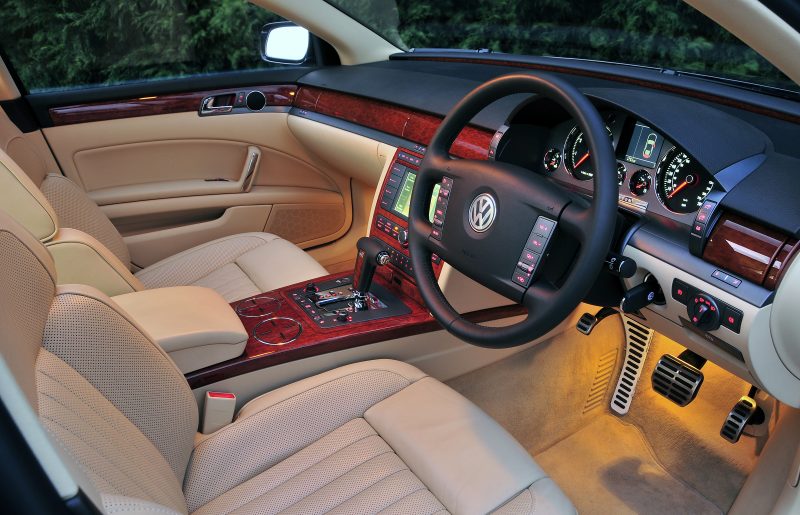
Alternatives
If you want a Continental GT in your life, could I humbly suggest you also look at a VW Phaeton? If you can find one for sale, it’ll be cheaper to buy and run (although not by as much as you might think) and just as nice to drive. That it also dodges the Continental’s somewhat unfortunate image is the icing on this particular Germanic cake.
And if the W12 Phaeton is too exotic for you, can we recommend the five-litre, 313bhp, V10 turbo-diesel instead?
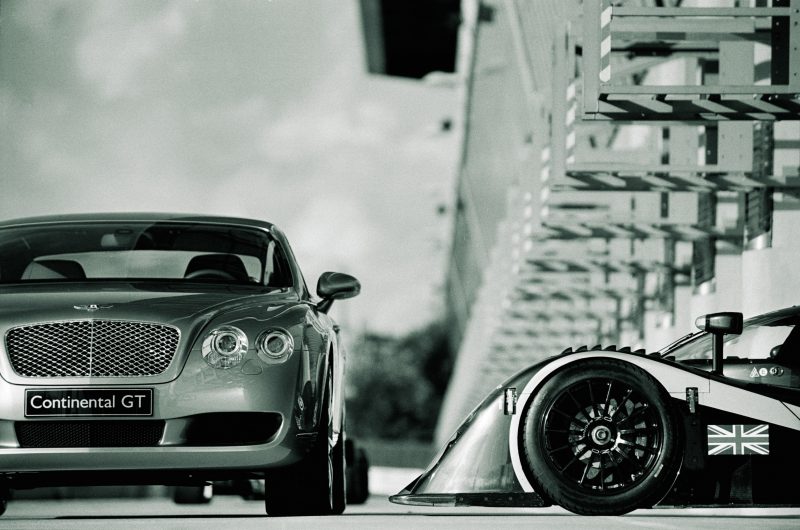
Modifying
No. Just no. Be part of the solution, not the problem.
If you must, the only modification we’ll sanction is an ECU remap, which liberate a minimum of 100bhp for £3,000.
Carlton Boyce